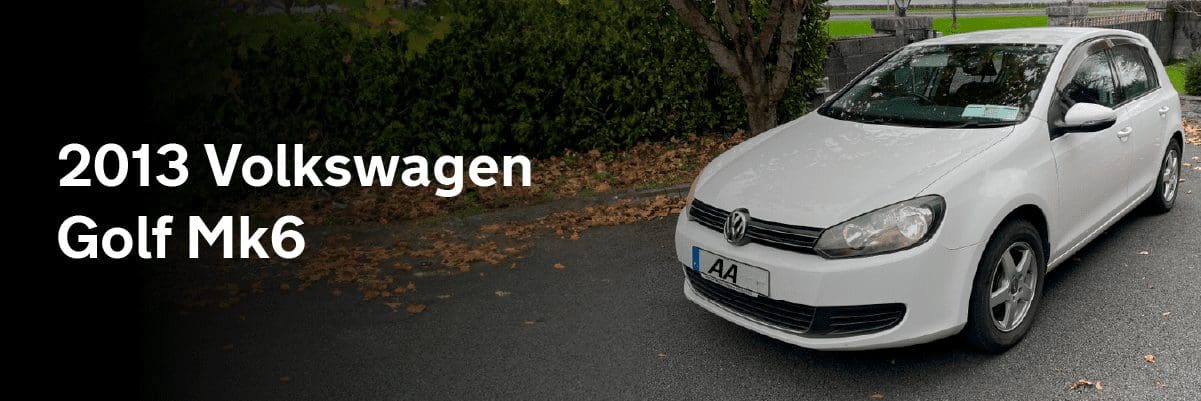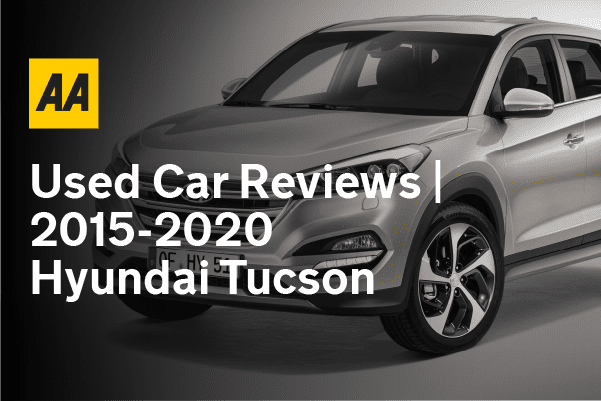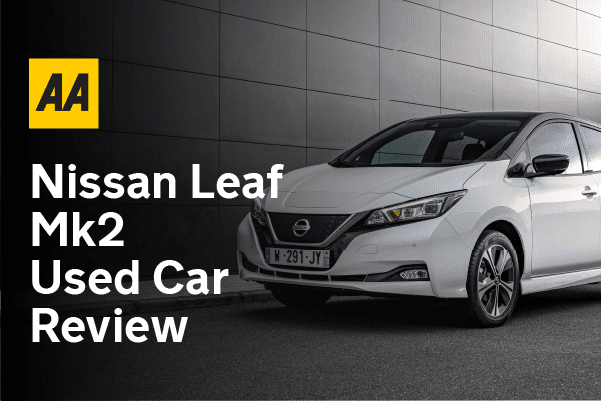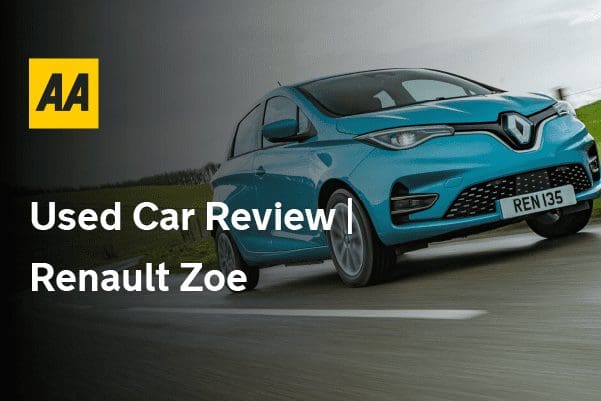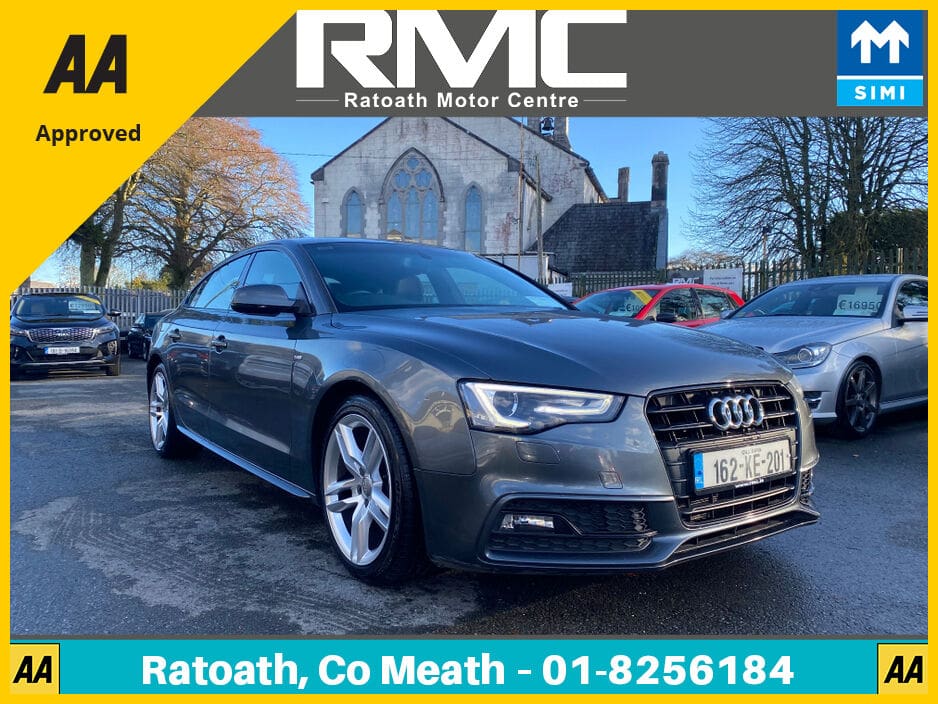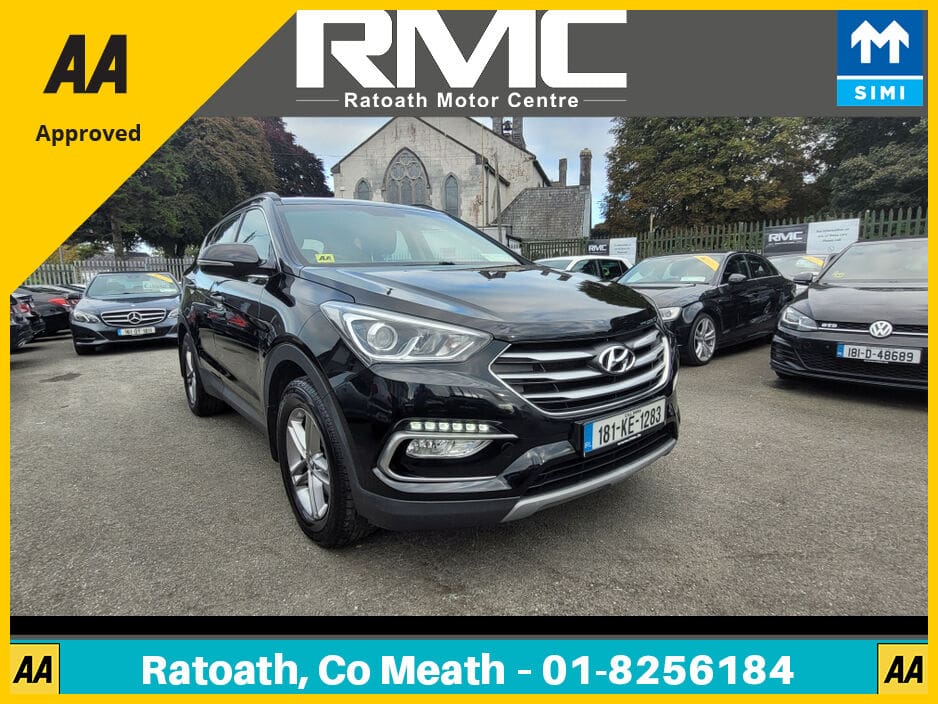What is the Volkswagen Golf Mk6?
By the time the Volkswagen Golf Mk6 arrived in dealers in 2009, the Golf name had become ubiquitous with the compact hatchback sector. In fact, Volkswagen even made a TV advert to promote its latest model where various people described assorted unidentifiable hatchbacks as “like a Golf”. This badge reputation had been built over more than 30 years, while the Mk6 version picked up where the well-received Golf Mk5 left off.
The VW Golf Mk6 came as a hatchback with three or five doors, while an estate and a convertible were also offered. There was also the Golf Plus, which had a bigger body than the standard car, and filled a gap in the range between the hatch and the Touran MPV, which also used the Golf’s platform, while the Jetta saloon also had the same running gear.
A wide range of petrol and diesel engines were available in the Golf, and they came with a choice of manual or DSG twin-clutch automatic gearboxes. Most cars had front-wheel drive, although VW’s 4Motion four-wheel drive was fitted to the Golf R hot hatchback, which sat at the top of the range alongside the GTI and GTD versions.
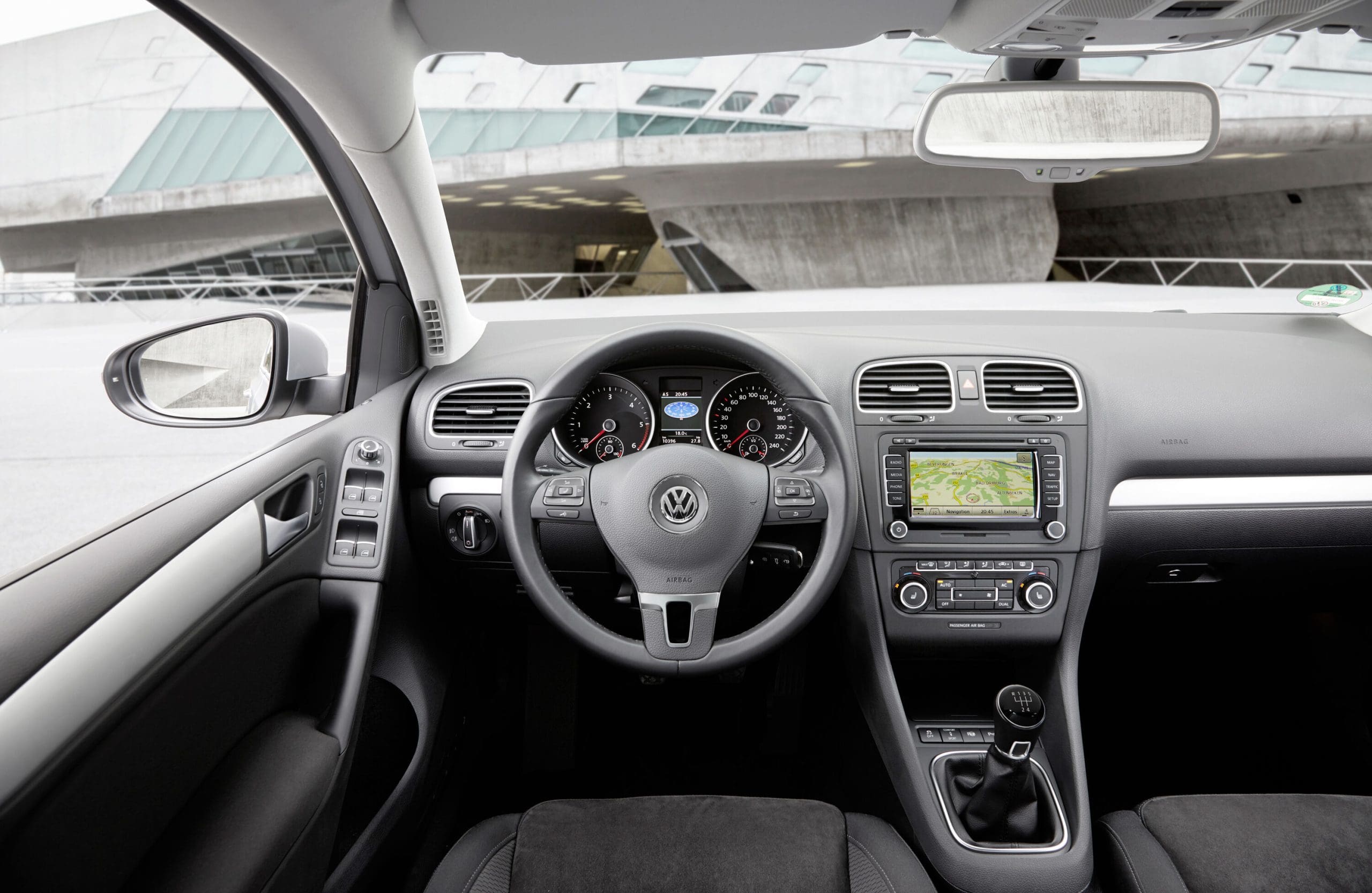
The VW Golf is the epitome of the compact family hatchback, but there are plenty of alternatives to the Mk6 version that are worth considering. Among them are cars that use the same platform as the Golf, including the SEAT Leon (which has a sportier feel), the Skoda Octavia (which is more practical) and the Audi A3 (a little more upmarket). Beyond the VW empire, options include the Ford Focus, Opel Astra, Honda Civic and Toyota Auris. There’s also the Kia Ceed, Hyundai i30, Alfa Romeo Giulietta, BMW 1 Series, Renault Megane, Peugeot 308, Mazda3 and Mercedes A-Class to consider.
Which Golf Mk6 to go for?
It’s been over a decade since the sixth-generation VW Golf went off sale, and at this age, you’re better off looking at the best car for your money rather than picking a specific model to go for, unless you have your heart set on a GTI or Golf R of course.
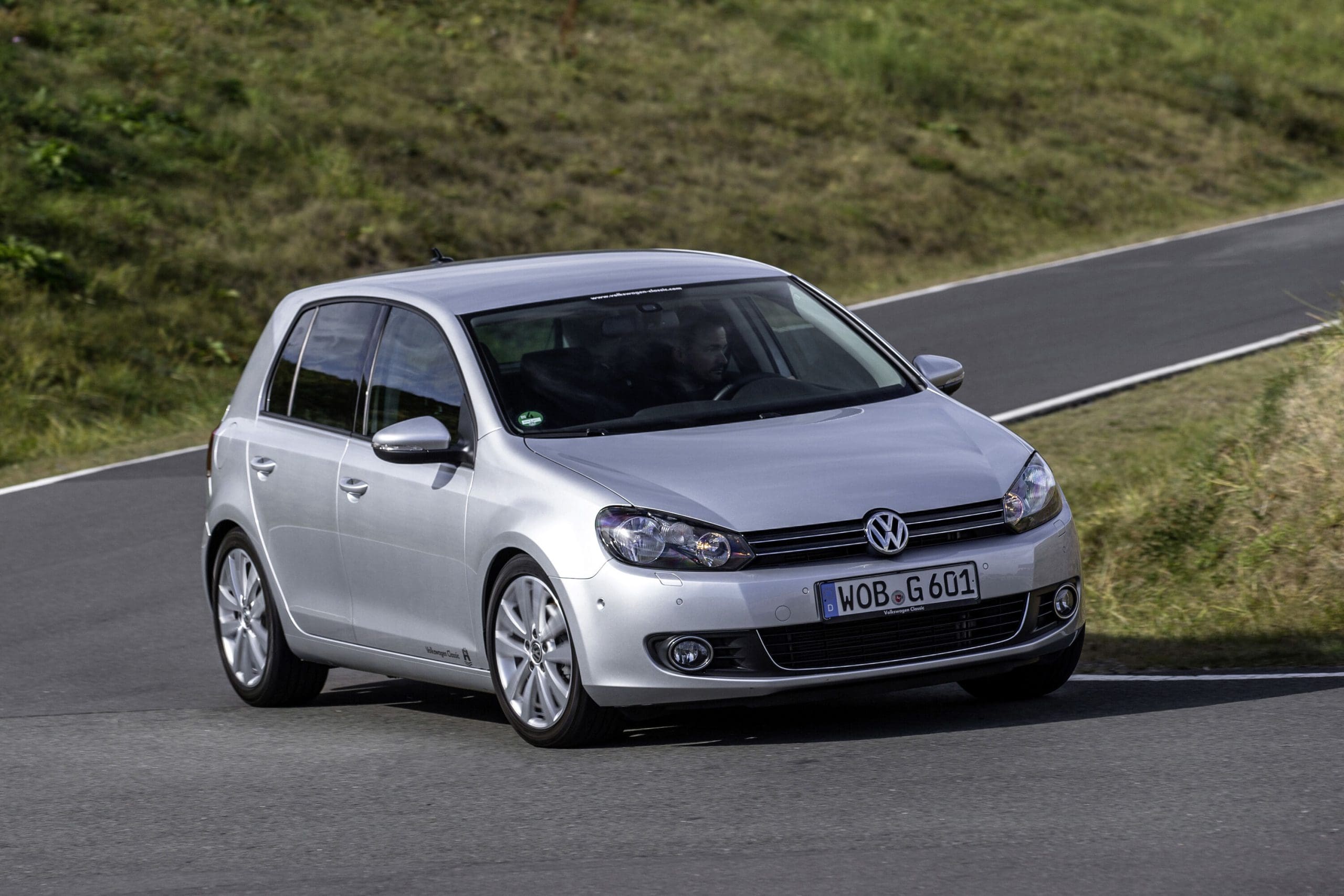
The Golf Mk6 was one of the cars involved in VW’s ‘Dieselgate’ emissions scandal, where the company gamed the official test procedure to deliver emissions figures that were impossible to equal in everyday driving. The fallout from Dieselgate affected the desirability of VW’s TDI models, so prices are likely to be competitive when compared with rivals, but it also means that everyday fuel economy won’t be as good as the official figures, since fuel economy is tied closely to the published emissions figures.
There are 1.6 and 2.0 TDI options to choose from. The 1.6 TDI has 90hp or 105hp, plus there’s an ultra-efficient BlueMotion version, which adds stop-start and longer gearing to improve fuel economy. All 1.6 TDIs have a five-speed manual, while the 105hp version has the option of a seven-speed automatic.
The 2.0 TDI has 110hp or 140hp, with the former getting a five-speed manual, and the latter using a six-speed gearbox. Both are available with a six-speed DSG auto, too, while the 140hp engine was available with 4Motion four-wheel drive, although these cars are very scarce.
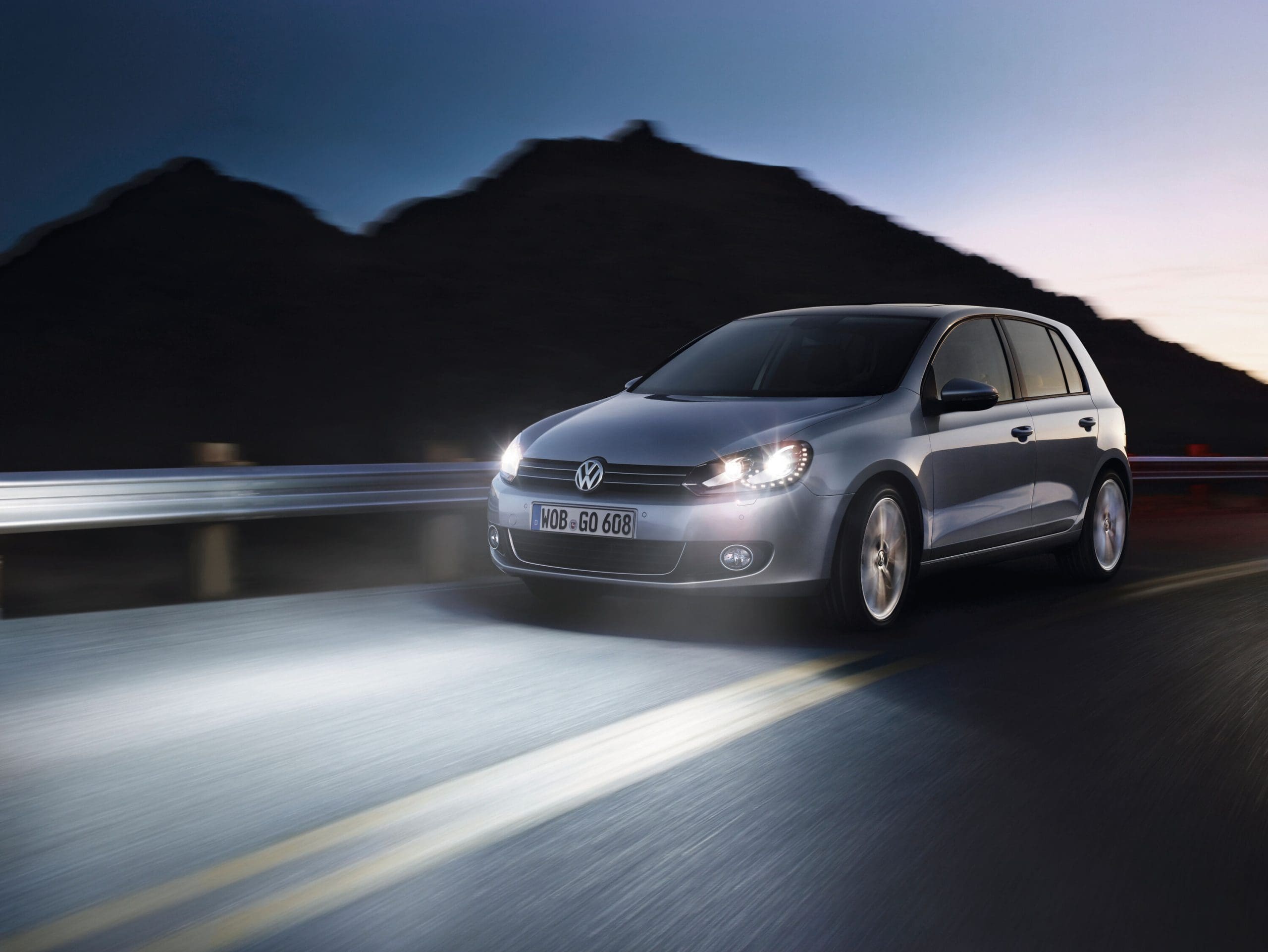
The most powerful diesel is the 170hp Golf GTD. This has styling cues like the petrol GTI but sacrifices some performance for fuel economy. Like the 140hp TDI, it’s available with six-speed manual or DSG gearboxes and is front-wheel drive only.
Petrol engines kick off with a naturally aspirated 1.4-litre with 80hp, but this is weak and not very efficient. Much better are the turbocharged petrol options badged TSI, which include a 1.2-litre with 85hp (and a five-speed manual) or 105hp (with a six-speed manual or seven-speed DSG auto), and a 1.4-litre with 122hp or 160hp and a choice of six-speed manual or seven-speed DSG auto for both versions.
The only versions of the Golf Mk6 with the 2.0 TSI engine are the GTI and Golf R. The former had 210hp (or 235hp in rare Edition 35 guise), while the R had 270hp. Six-speed manual and DSG automatic gearboxes were offered with these hot hatch models.
Trim levels comprise Comfort, Trendline and Highline, although UK and Japanese imports have their own trim names. UK cars use S, Match and GT badges, and these largely mirror the Irish line-up. Many Japanese imports will be automatics – even in lower specifications – while other telltales will be the smaller mounting brackets for a Japanese number plate, an aftermarket stereo (the original radio won’t be able to pick up any of our FM stations) and Japanese text for the sticker showing the tyre pressures.
VW offered plenty of options when the Golf Mk6 was new, but at this age many of these options don’t really add any value to the car’s used price. As we mentioned, try and find the best car for your money, and if it has luxuries such as a sunroof or parking sensors, it’s best to make sure they work so that you avoid costly repairs.
What’s the Golf Mk6 like to drive and be in?
Inside, the Golf Mk6 was an evolution of the Mk5, with a similar cabin layout but improved quality and equipment. There has always been a feeling that you pay more for a Golf for the perceived quality, and since the Mk6 used tried-and-tested kit from its predecessor, there’s every prospect that any car you’re looking at – especially one with low mileage – is going to feel almost as tight and solid as it did when it left the factory. There’s space on board for four – five at a push if you have kids in the back – and if the hatch doesn’t have quite enough space, then the Golf Estate won’t cost much more to move into, although there will be far fewer to choose from.
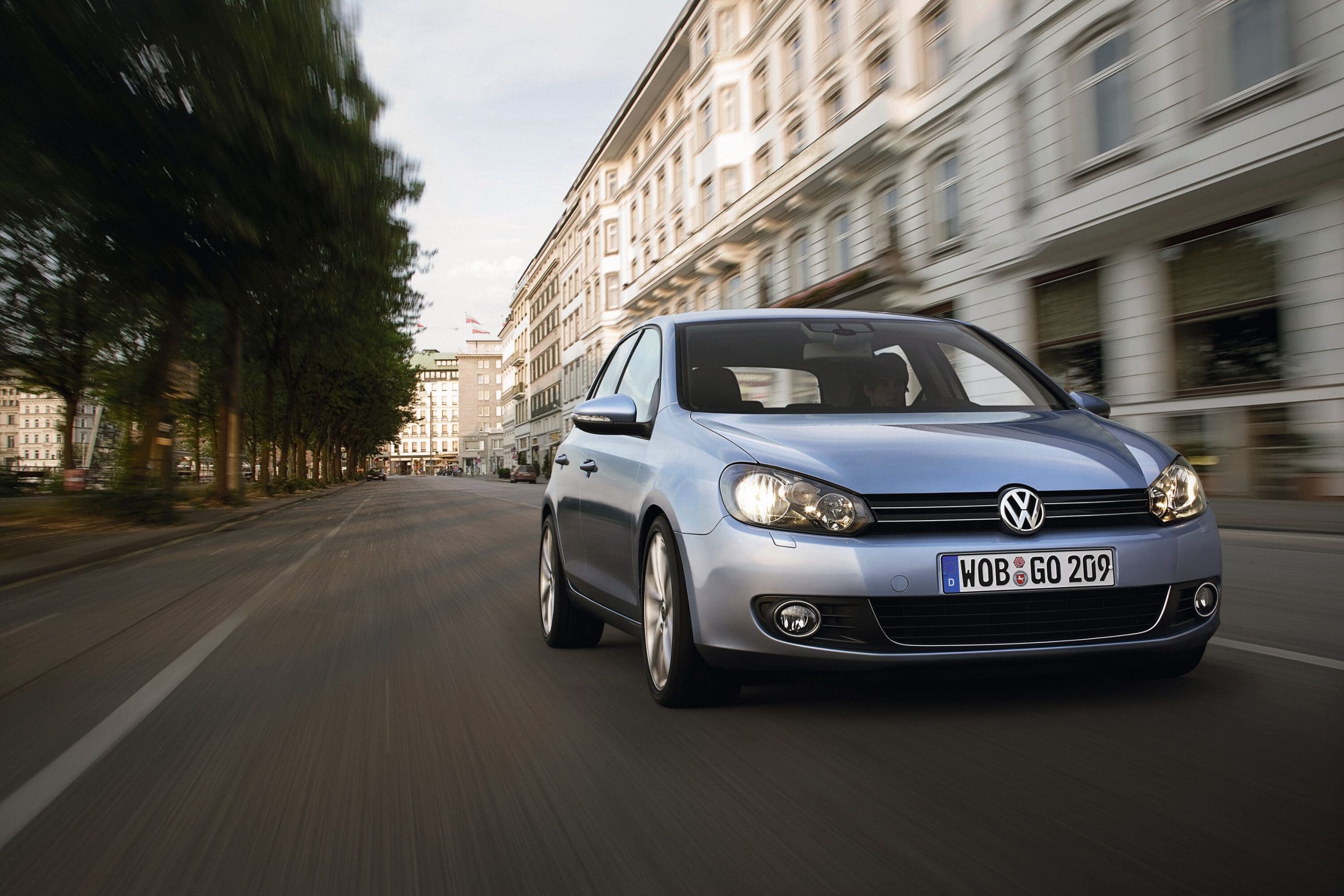
There’s a wide range of seat and wheel adjustment to get comfortable, the dials are clear, while cars fitted with a trip computer have a dot-matrix display set between the dials. This is operated via buttons on the steering wheel, which are easy to use. Higher-spec cars use a touchscreen system with a logical layout, while Bluetooth, a CD player, aux-in socket and SD card slots offer a variety of connectivity options. DAB radio is also fitted, while separate physical controls for the air conditioning are easy to use on the move.
There are two sets of ISOFIX child seat attachments in the back of the Golf, while there are airbags front and rear and for the driver’s knees, too.
The Golf Mk6 offers 350 litres of boot space in five-seat mode, which was competitive for cars of its era – only the Honda Civic and Skoda Octavia could offer more – and there’s 1,305 litres of space with the back seats folded.
On the road, the Golf is refined and should be relatively rattle-free considering the car’s age. Performance is adequate more than exciting, although the GTI and Golf R are worth seeking out if you’re after hot hatch fun on a budget. Gearshifts should be slick for the manual models and free of jerkiness on the autos.Any known issues?
Cars such as the Golf Mk6 have been around long enough that online forums have been established that can help identify common issues with the model. Diesel Golfs can suffer from carbon build-up on the valves if a car has only been driven at low speeds – higher revs can help clear these deposits, so if this doesn’t happen, that’s when issues can arise.
Other issues have surrounded timing chain tensioners and water pump failure on certain Golf GTIs, while an error with the intake manifold sensor on cars built in 2011 will need attention. Some owners have reported a wastegate rattle from turbocharged models, while the pressure control valve can fail, which can lead to excess pressure in the crankcase that could lead to a blown main seal.
Recalls for the Golf Mk6 include one covering the propellant used within the front airbags, another that recalled cars that were used internally within VW but were not correctly set up before being sold to the public, and another that was issued to fix a starter motor issue. One final recall was issued to fix the earth connection on the ABS/ESP system of selected cars built between May 2008 and August 2010.
Is the Golf Mk6 cheap to run?
Since the Golf Mk6 is an older used car, the general quality of the car is likely to determine how much it will cost to run. Find a car with a book full of main dealer service stamps, and you’ll likely be buying a car that will offer reliable transport – if you keep up the maintenance.
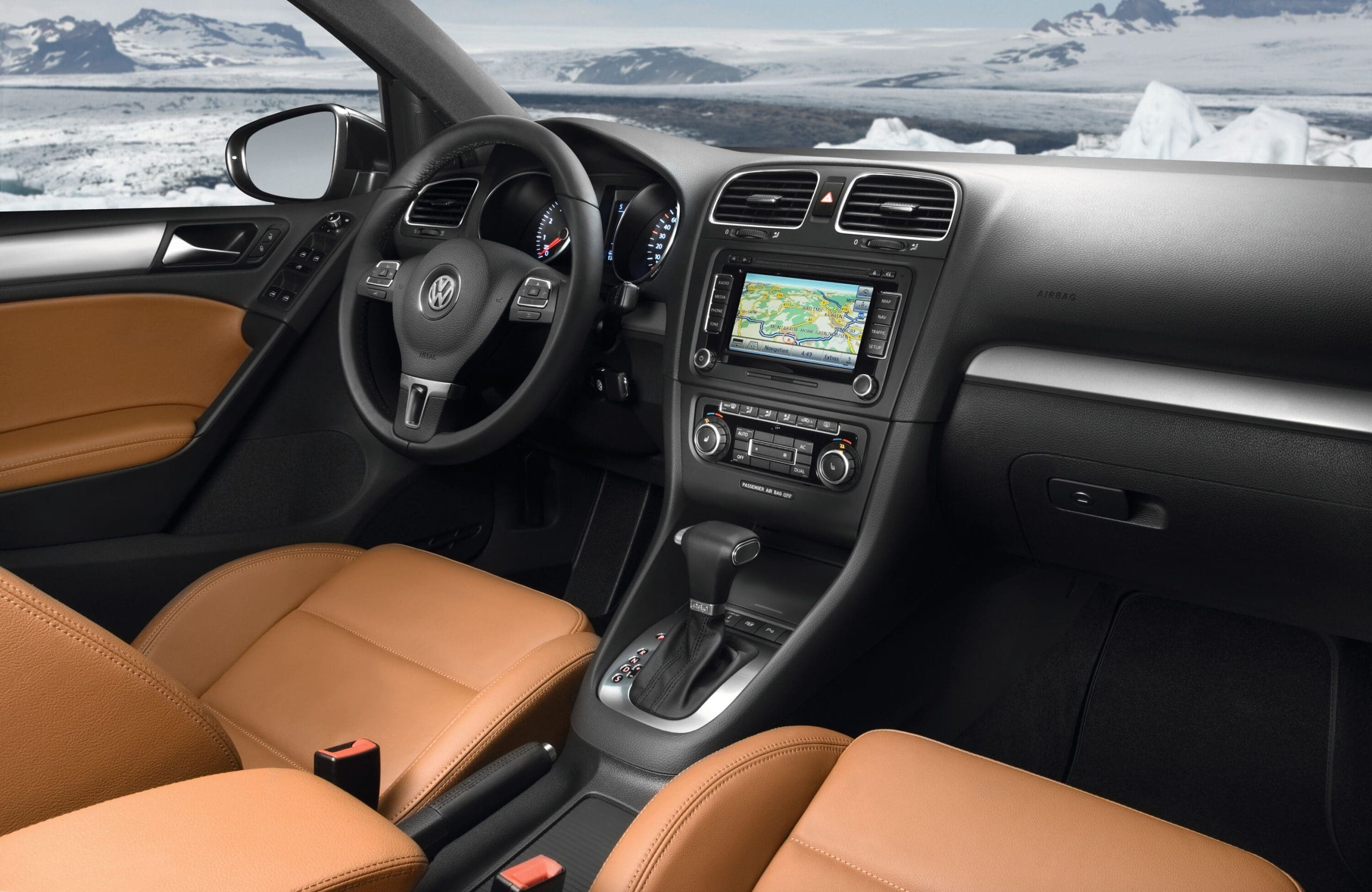
Fuel costs for the diesel will be decent if you cover lots of long-distance driving, while the TSI petrol alternatives are also reasonably efficient.
Motor tax for the Golf Mk6 is based on the car’s emissions figures, but while there was a storm surrounding Dieselgate and VW’s ‘fixed’ emissions data, these numbers are still used to establish the car’s tax rate. The standard models will cost from €270-€400 a year, while the GTI will cost €790 per year, and the Golf R will be €1,250 a year.
How expensive is the Golf Mk6?
You can find a high-mileage Golf Mk6 for as little as €2,000, with the low-powered diesels coming in as the cheapest models of all. There are a few more petrol Golfs available, but that’s likely down to a growing number of Japanese imports landing here – diesel isn’t a popular fuel in Japan, so most imports are petrol-fuelled. These imports also account for a similarly even split between manual and automatic gearboxes.
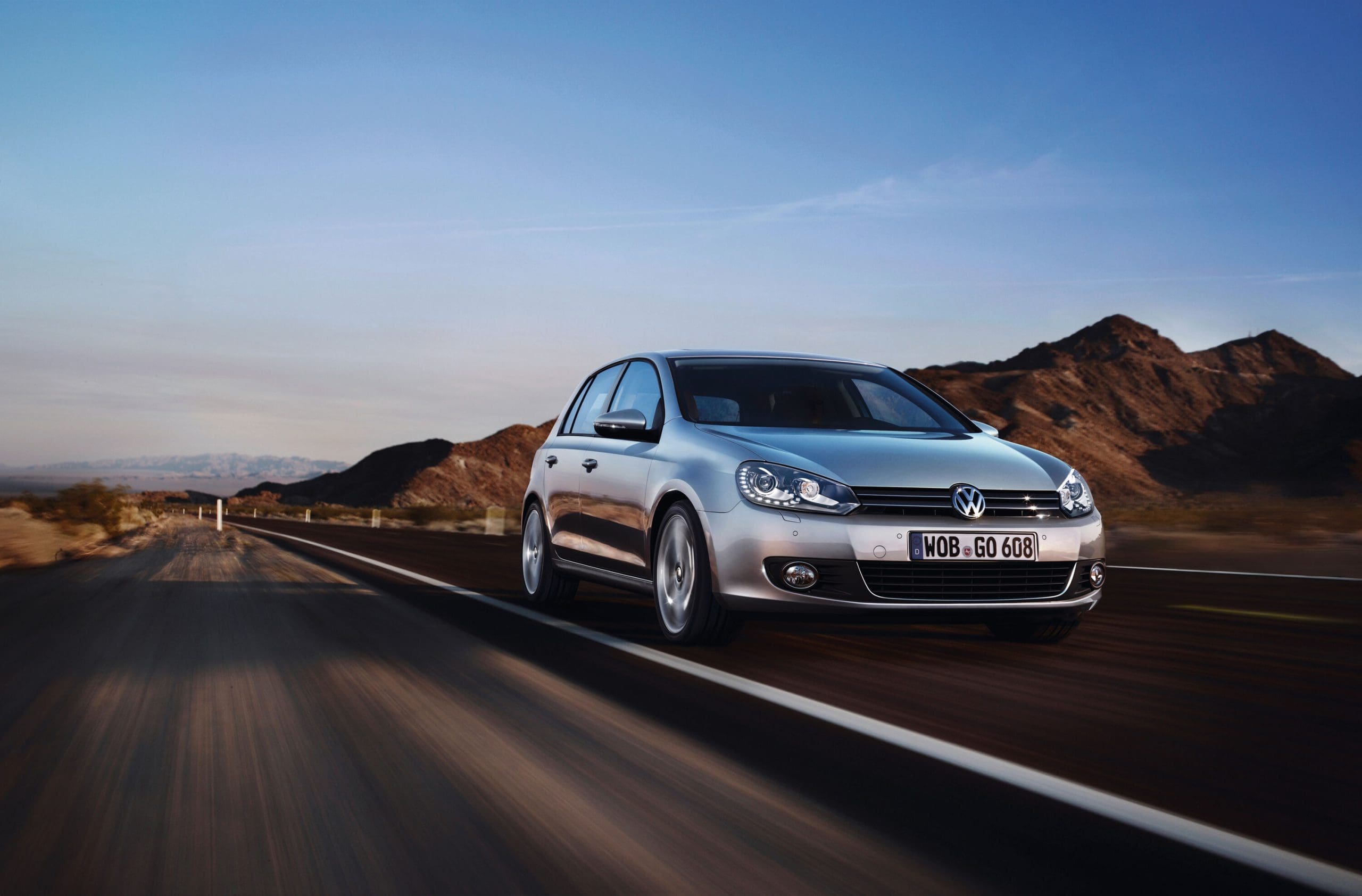
You can pay up to €14,500 for a late Highline model with 1.4 TSI power, while the GTI and Golf R models tend to command a bit more, reaching a maximum of around €20,000. These models are becoming what’s known as modern classics, cars that have a bit of street cred with enthusiasts thanks to their accessible performance and user-friendly character but are usable every day without the need to keep working on them to keep them running.
Why buy an AA Approved Car?
You can benefit from extrAA peace of mind when buying a used car via the AA Approved Car program. Our trusted network of AA Approved Dealers offers a range of services to help get you on the road with a car that you can trust. Buy a used car from an AA Approved Dealer, and it will come with 12 months of roadside assistance as standard.
Your used car will also be the subject of a 101-point safety check by a qualified technician that will cover the bodywork, brakes, steering, suspension, lights, wheels, tyres, interior and safety kit.
As well as these hands-on checks, our Approved Dealers offer a full history check of any potential purchase.





